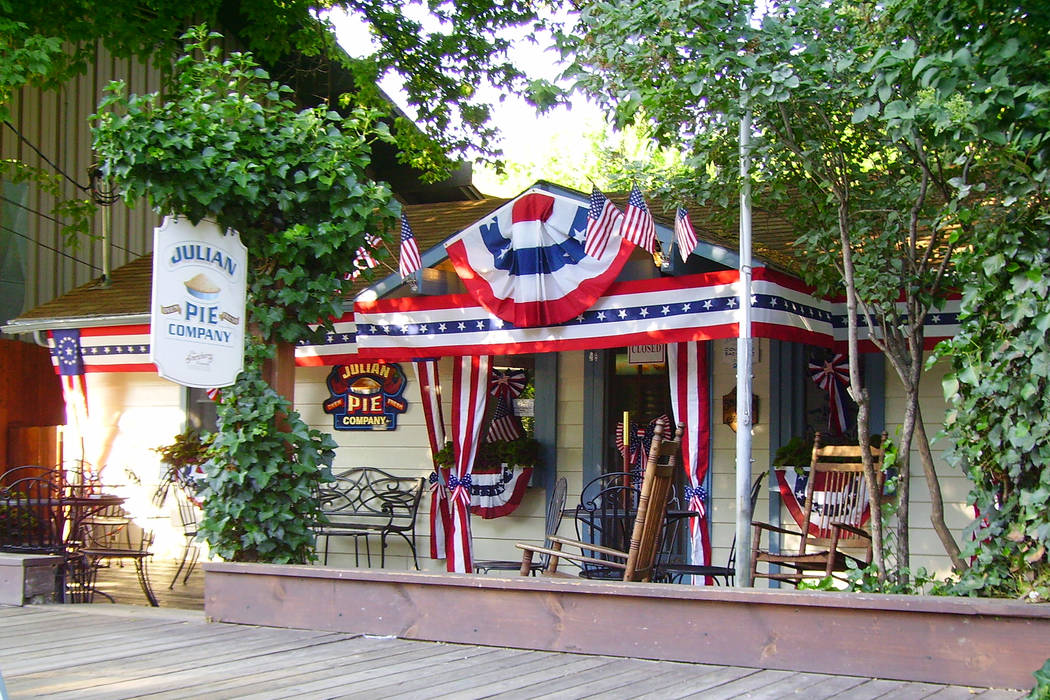Hiking, history and apples lure visitors to Julian, California

In the lush rolling hills 60 miles northeast of San Diego sits Julian, California. It’s not on the way to anywhere, necessarily, but the former boomtown is well worth a visit.
Folks who want to get out of the city to hike, see historic sites or explore the back roads flock to bucolic Julian. Many come just for the delicious apples and apple pie.
Julian, like many towns in the Southwest, was founded on mining. An 1869 discovery sparked San Diego’s only gold rush. Julian thrived briefly and became a hub for business and social gatherings. At its peak, there were 50 houses, a schoolhouse, restaurants, saloons and more.
While many boomtowns eventually became ghost towns, Julian had more to offer than mining. At an elevation of 4,200 feet, it has a mild climate and rich soil, ideal for growing quality fruit. As early as 1893, Julian apples took top prizes in the Chicago World’s Fair.
Visitors also enjoy touring the area’s wineries. One of them, the Manghini Winery, annually hosts a fun, family-friendly event, the Grape Stomp Festa, set for Sept. 7. Visitors can climb inside an 8-foot-wide redwood tank and trample grapes to their hearts’ content. The festa also features live entertainment, food, wine and beer. It’s a community fundraiser with many local vintners taking part.
There are plenty of hiking opportunities in and around Julian. One great destination is the Vulcan Mountain Wilderness Preserve. The park encompasses nearly 3,000 acres of primarily mixed conifer forest that also includes manzanita, elderberry, scrub oak, chamise and California wild lilac.
One great trail leads to the summit, where you will have sweeping views of the orchards and vineyards below as well the coast. It’s about a five-mile round-trip hike, with an elevation gain of about 1,200 feet.
In town, a self-guided walking tour offers about 30 historic places to check out, including 20 with plaques that explain their significance. The Pioneer Museum is worth a stop, as well. Its collections include Native American artifacts, antique furniture and tools, and one of the best displays of antique lace in the state.